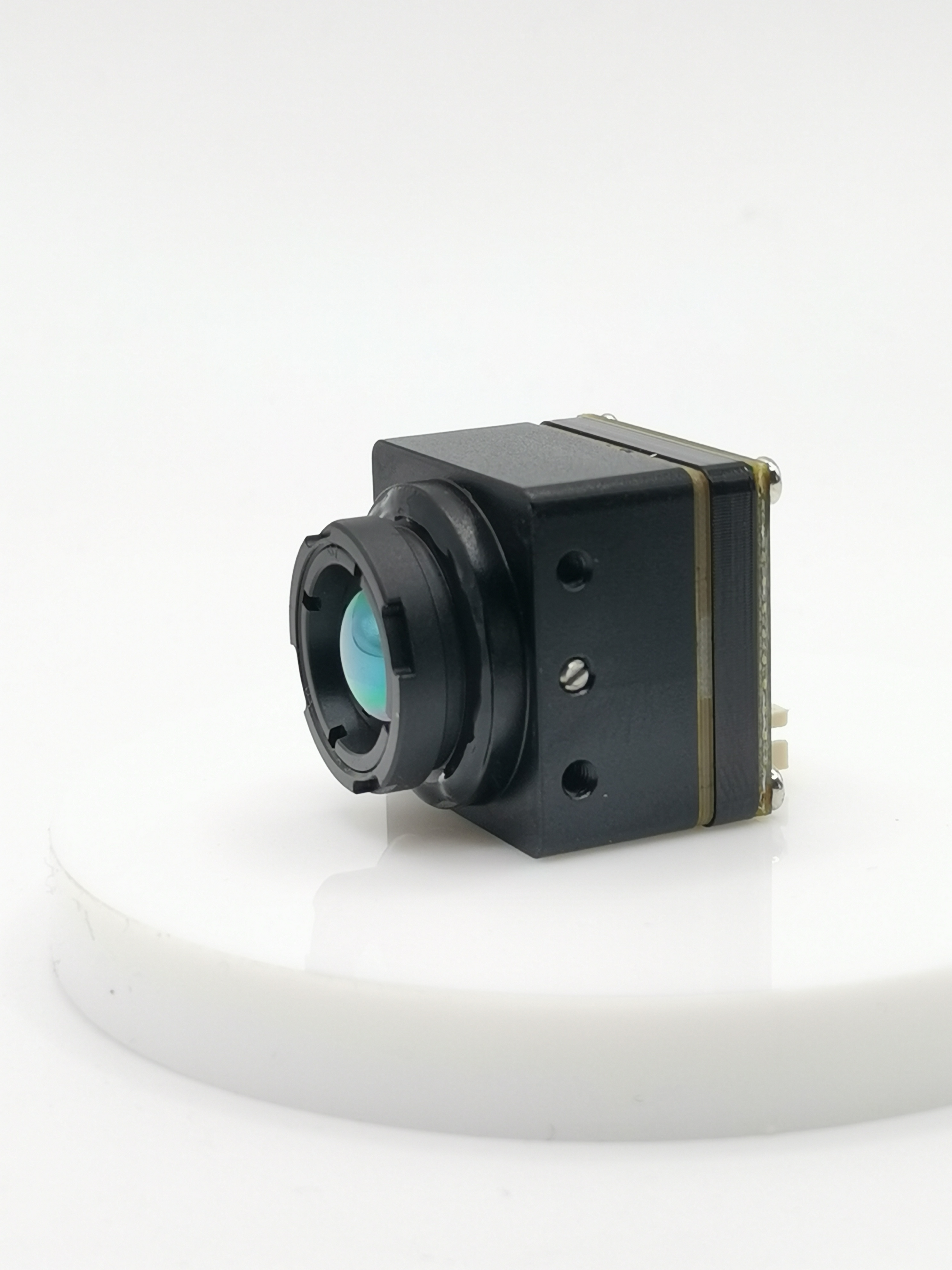What Are Drones with Thermal Cameras Used For?
Visualizing temperature differences, drones with thermal cameras offer a unique perspective by detecting heat-emitting objects or anomalies that may go unnoticed with other imaging technologies. This innovative technology combines the mobility of drones with the capabilities of thermal imaging cameras on drones, making it a valuable tool across various industries. With the ability to calculate temperature and sense heat signatures, thermal cameras for drones provide crucial data for applications like search and rescue operations, wildlife monitoring, agricultural assessments, and industrial inspections.
Search and Rescue Operations
Drones equipped with thermal cameras play a vital role in search and rescue operations, aiding in locating missing persons efficiently. During nighttime searches, drones with thermal cameras provide a distinct advantage by detecting heat signatures that might be invisible to the naked eye. This technology is particularly valuable in disaster response scenarios where time is of the essence.
In the communication aspect of search and rescue missions, drones can be integrated with loud-speakers to relay messages to survivors effectively. By utilizing real-time updates, thermal drones ensure that critical information reaches those in need promptly. The combination of drone technology and thermal imaging enhances the effectiveness of search and rescue teams, increasing the chances of successful outcomes.
Successful search and rescue missions across 39 countries have demonstrated the impact of using drones with thermal cameras. For instance, firefighters rescued a victim from the Assiniboine River at 2:30 am using drones equipped with thermal cameras. These instances highlight how this innovative technology strengthens security systems and aids in saving lives.
Wildlife Monitoring and Conservation

Monitoring wildlife behavior and preserving natural habitats are crucial aspects of conservation efforts. Drones with thermal cameras revolutionize the way animals are tracked, providing valuable insights for researchers and conservationists.
Tracking Animals
Observing animal movements during nighttime is made possible through thermal imaging technology on drones. By capturing heat signatures in the dark, researchers can monitor nocturnal behaviors without disturbing the wildlife.
Nighttime Monitoring
Nighttime monitoring using thermal cameras on drones allows for continuous observation of animals' activities in their natural habitat. This non-invasive method ensures minimal disruption to the wildlife while gathering essential data.
Migration Studies
Studying animal migration patterns is essential for understanding species' behaviors and conserving their habitats. With drones equipped with thermal cameras, researchers can track migration routes accurately, aiding in the development of effective conservation strategies.
Habitat Analysis
Analyzing habitats through thermal surveys provides comprehensive insights into ecosystem dynamics and biodiversity.
Thermal Wildlife Surveys
Conducting thermal surveys from aerial perspectives enables researchers to map out wildlife distribution effectively. The data collected helps identify critical areas for conservation efforts and habitat restoration projects.
Population Counts
Estimating population counts of endangered species is vital for assessing conservation measures' effectiveness. Utilizing thermal drones, experts can conduct population surveys efficiently, contributing to wildlife management strategies.
Agricultural Applications
Utilizing drones with thermal cameras in agriculture has revolutionized traditional farming practices, offering advanced capabilities for crop and livestock management. These innovative tools provide farmers with valuable insights into their fields, enabling precise monitoring and efficient resource utilization.
Field Heat Exposure
Assessing crop health is essential for maximizing yields and ensuring optimal plant growth. By employing thermal imaging technology on drones, farmers can monitor temperature differentials across their fields. This data aids in identifying areas of stress or disease within crops, allowing for targeted interventions to enhance overall plant health.
Crop Health Monitoring
Monitoring the health of crops through thermal cameras on drones enables farmers to detect early signs of potential issues such as water stress or pest infestations. By capturing temperature variations, these drones provide a comprehensive view of the field's condition, empowering farmers to make informed decisions regarding irrigation schedules and fertilization strategies.
Irrigation Management
Efficient water management is critical for sustainable agriculture practices. Drones equipped with thermal cameras offer real-time insights into soil moisture levels and crop water requirements. This technology facilitates precise irrigation management, reducing water wastage and promoting optimal crop growth while minimizing environmental impact.
Livestock Monitoring
Ensuring the well-being of livestock is paramount in agricultural operations. Thermal drones play a crucial role in tracking animal movements and assessing their health status, enhancing overall farm productivity and animal welfare.
Tracking Animal Movement
By utilizing thermal imaging technology, farmers can monitor livestock behavior patterns and grazing activities remotely. Drones equipped with thermal cameras enable continuous surveillance of animals, facilitating efficient management practices without causing disturbance to the livestock.
Health Assessments
Regular health assessments are vital for maintaining livestock productivity. With thermal drones, farmers can conduct non-invasive health evaluations by detecting temperature anomalies that may indicate illness or injury. This proactive approach to monitoring animal health ensures early intervention and enhances overall herd management strategies.
Industrial Inspections
Building and Roof Inspections
Thermal imaging provides a unique perspective by visualizing temperature differences, enabling the detection of heat-emitting objects or anomalies that may not be apparent with other imaging technologies. Drones equipped with thermal cameras play a crucial role in building and roof inspections, ensuring structural integrity and energy efficiency.
Identifying Heat Loss
By utilizing thermal camera drones for diagnostic purposes, inspectors can identify areas where heat is leaking out of buildings. This technology allows for precise detection of heat loss, enabling targeted interventions to improve energy efficiency and reduce utility costs.
Structural Integrity
Thermal cameras on drones are designed to measure the surface temperature of structures accurately. Through aerial inspections, inspectors can detect small changes in temperature that may indicate structural issues. This proactive approach enhances building maintenance practices and ensures the safety and longevity of infrastructure.
Pipeline and Facility Monitoring
Thermal drone technology extends to pipeline and facility monitoring, offering valuable insights into detecting gas leaks and temperature anomalies in industrial settings.
Detecting Gas Leaks
In industrial environments, the early identification of gas leaks is critical for preventing hazards. Thermal drones equipped with gas detection sensors can swiftly locate leaks, minimizing risks to personnel and facilities.
Temperature Anomalies
Monitoring temperature differentials in pipelines and facilities is essential for maintaining operational efficiency. Thermal cameras on drones provide real-time data on temperature variations, allowing for prompt interventions to address anomalies before they escalate. This proactive monitoring approach enhances industrial safety protocols and mitigates potential risks effectively.
The integration of thermal imaging with drone technology has unlocked a myriad of applications across diverse industries.
Thermal imaging offers a distinctive perspective by visualizing temperature variations, providing invaluable insights for multiple sectors.
This powerful combination is reshaping operational strategies and problem-solving approaches, enhancing efficiency and accuracy in critical tasks.
The future holds promising advancements in thermal drone technology, paving the way for more innovative solutions and enhanced capabilities.
Embracing the potential of drones with thermal cameras opens doors to endless possibilities, driving progress and transformation in various fields.
See Also
Enhancing Aerial Monitoring Using Drones with Thermal Imaging
Utilizing Drone Thermal Cameras for Policing Surveillance
Optimizing Drone-Mounted Thermal Cameras for Aerial Monitoring
Contact Us: Ms. Coco Huang
E-mail: sales@iasun.cn
WhatsApp/Wechat: +86 13510421923

